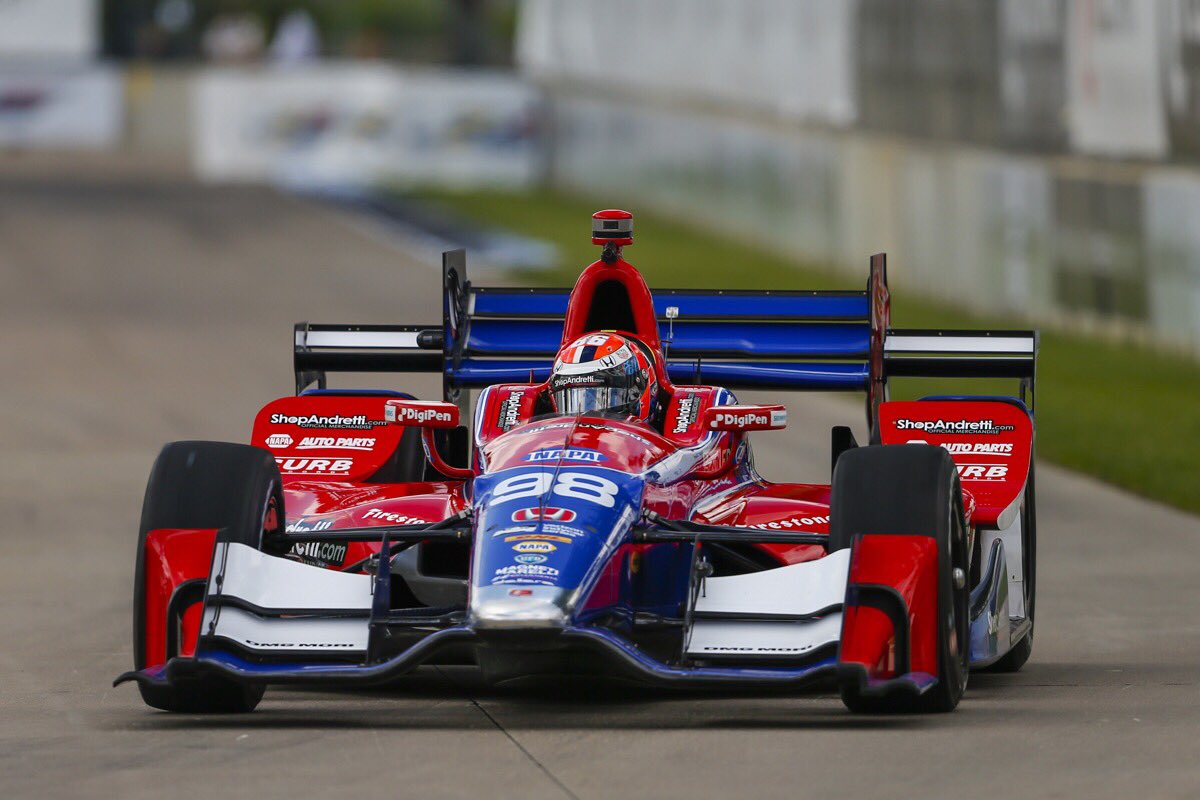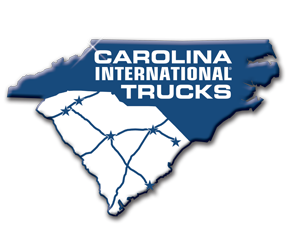IndyCar Connectivity Inspires Fleets
On Sunday, May 28, the 101st running of the Indianapolis 500 saw 40-year-old Takuma Sato emerge victorious after he started the race from the fourth position. Just 19 of the 33 qualifiers finished the race.
It is certainly reasonable to assume that the ultimate in vehicle connectivity is to be found at major racing events like the Indianapolis 500. It turns out that IndyCar teams seek an edge by gathering and analyzing massive amounts of data as the race unfolds.
IndyCar Connectivity
To underscore this point, CCJ cited comments by Newth Morris, a strategist for Verizon Telematics. Morris asserts that every race car has at least 100 sensors gathering data. Some information goes right to the driver, while much of it keeps off-site engineers and others busy. For example, race simulations occur nearly in real-time, providing insights into fuel utilization and the timing of pit stops. Aerodynamics are also the subject of intense scrutiny, lap-after-lap.
Constructive Competition
Morris suggests that fleets also use telematics and connectivity software to gain an edge over the competition. The technology can also be employed to foster competition among drivers regarding braking, acceleration and following speed limits.
State-of-the art systems allow for new levels of efficiency as remote instructors coach drivers in real-time. Feedback is also provided to those that are braking or accelerating outside normal parameters. Improved safety and efficiency benefit drivers, fleets and others on the road.
Since the early 1990s, Carolina International has grown to become South Carolina's foremost truck dealership. For assistance with your next new truck purchase, parts or service, please contact us today.


